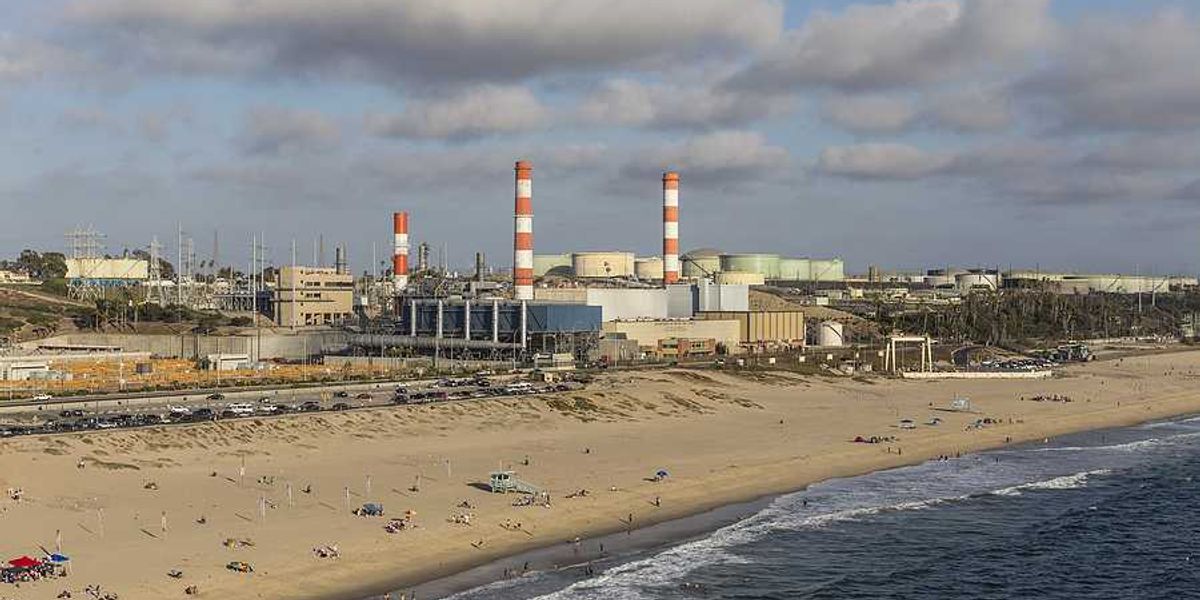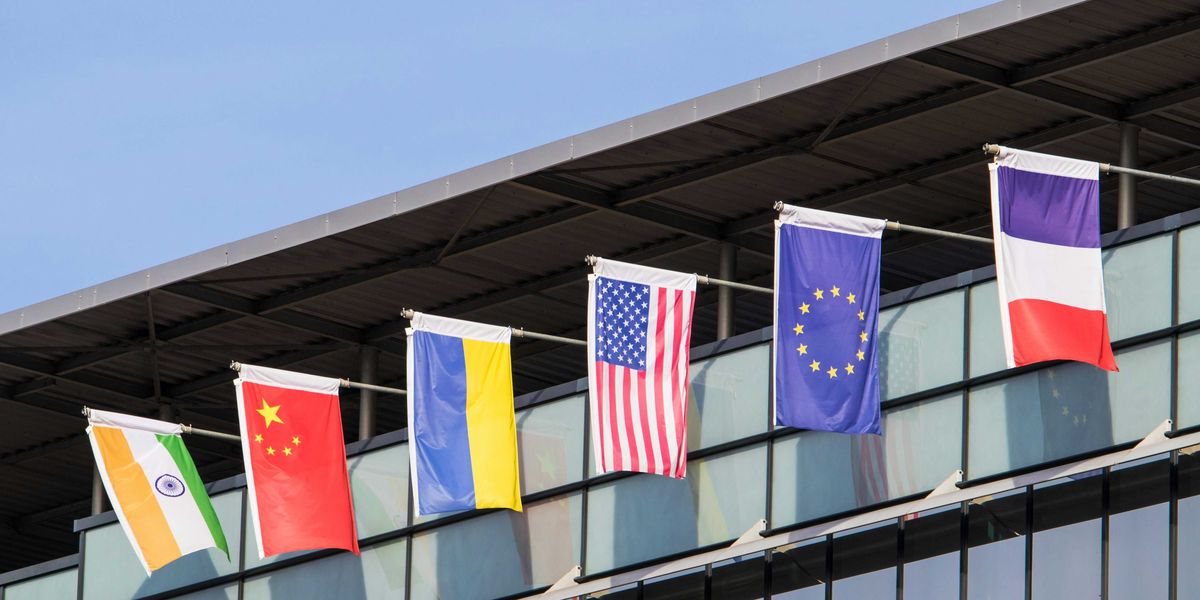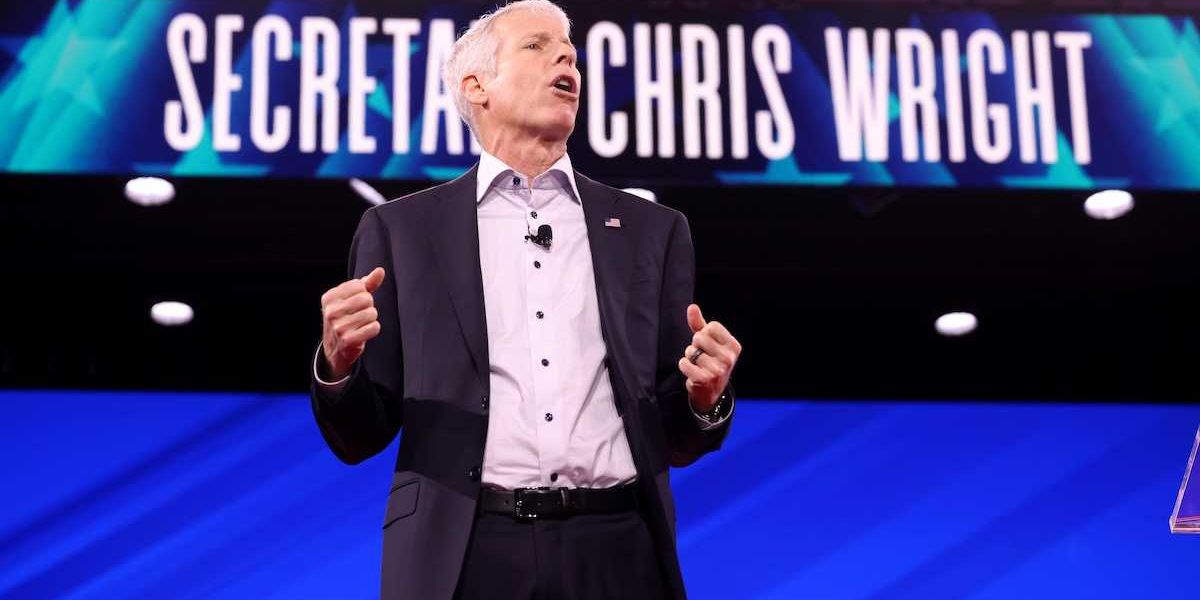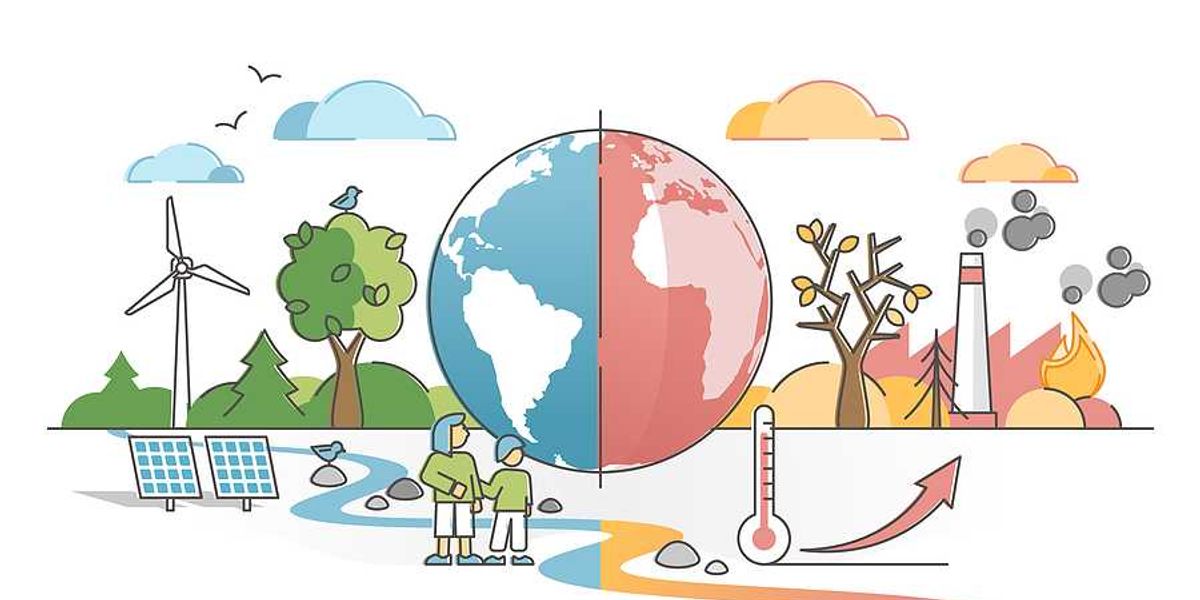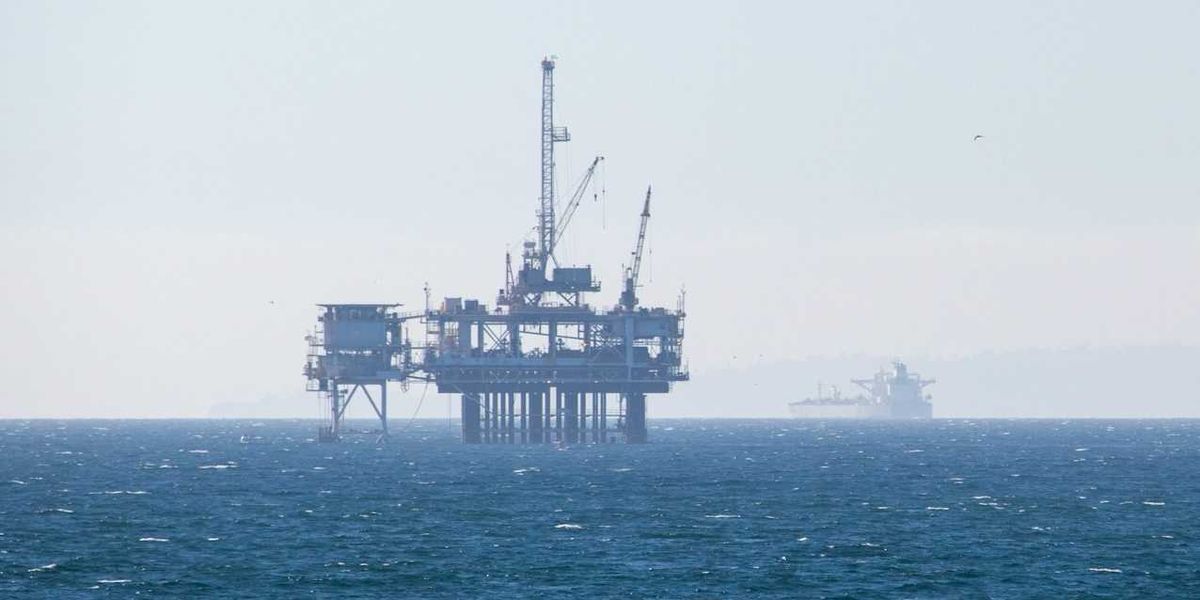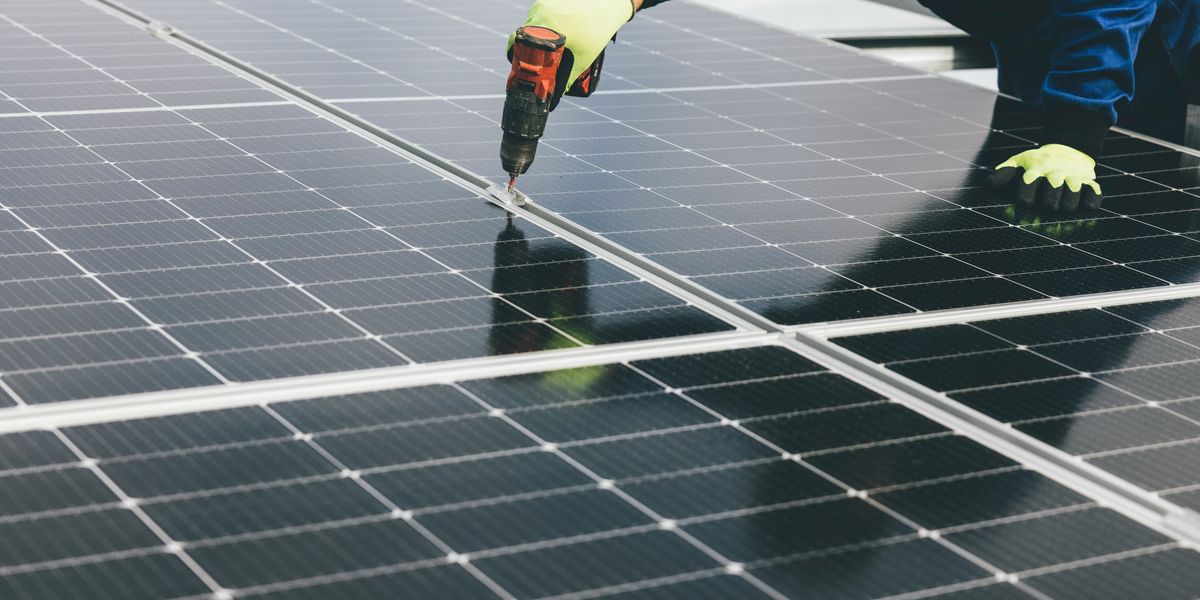
World risks missing 1.5C goal as governments stall on renewable energy expansion
Only 22 nations have upgraded their clean-power plans since Cop28, leaving the United Nations target to triple renewables by 2030 far out of reach, a new Ember analysis shows.
Jillian Ambrose reports for The Guardian.
In short:
- The combined national targets are just 2% higher than they were at Cop28, putting the world on track for about 7.4 terawatts (TW) of renewables by 2030 — well shy of the 11 TW needed.
- The United States, China and Russia have not revised their goals; Mexico and Indonesia weakened theirs, while Vietnam, Australia, and Brazil offered only modest increases.
- China’s forthcoming five-year energy plan could prove decisive, but Washington and Moscow still have no 2030 renewable targets.
Key quote:
“Tripling global renewables capacity by 2030 is the single biggest action this decade to stay on track for the 1.5C climate pathway. Yet, despite the landmark Cop28 agreement to reach 11,000GW of renewables by 2030, national targets remain largely unchanged and fall short of what is needed.”
— Ember analysts, in a report
Why this matters:
Wind and solar must soar for the world to quit coal, oil, and gas, yet planning timetables and subsidy fights keep choking the build-out. Every gigawatt delayed locks in years of carbon pollution and the smog, heat waves, and crop losses that follow. Because power plants run for decades, today’s inaction determines whether children now in kindergarten will grow up in a stable climate or face compound crises of food insecurity, migration, and escalating health threats ranging from heat stroke to mosquito-borne disease. The Ember findings show how quickly political momentum can evaporate after a summit handshake, undercutting investor confidence and raising the odds of costlier, more disruptive emergency measures later.
Related: New Zealand greenlights new offshore oil and gas search despite climate pledges

